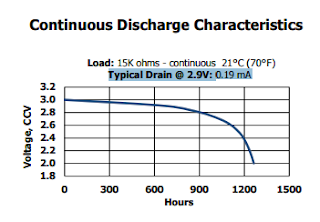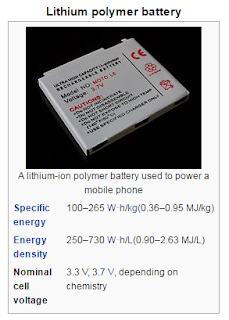According to my dubious expectations the major current drain is going to be the WUP radio which has to listen, or duty-cycle listen, continuously and thus consumes most of the energy.
I read through the Datasheet. One interesting bit I discovered is that it is possible to transmit raw bits. This means that the exact contents of TX buffer are transmitted without preamble, frame sync pattern, FEC, CRC or anything. Now this makes the TX times short, but it doesn’t really help much.
Also, all of these extra bits serve an important purpose in reliability, but if I just wanted to transmit a 32-bit WUP packet, then it ought to be possible.
- In RX mode it consumes 2.4(sniff) – 3.2 mA(rx). “typical” rather than worst case values.
So with the simplest protocol the listener would consume 3.2mA @ 3.6V = 8.64mW.
- In deep sleep with just a few essential registers retained the XL70550 consumes 10nA
- Crystal oscillator takes 1ms to start up and then it consumes 200µA
So what kinds of battery can produce a steady 8,64mW, last an eon, but occupy no space.
LiPo
LiPo has an energy density of 250–730 WattHours/L. So worst case, the WUP would run for 250/0.00864 = 28935 hours, or ~1200 days, or ~40 months ,or ~3 years on a 1 liter LiPo.
Bottom Line
which is ~3x3x3 cms!
—- David
A small battery powered tag that doesn’t need frequent charging and that listens constantly can’t be made using currently-available radios. It will need either to duty cycle or an ultra-low power wake-up radio has to emerge. So your analysis is correct.


